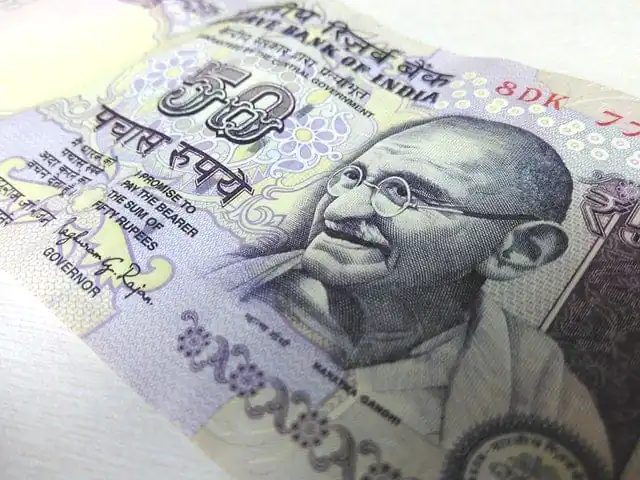The GBP to INR pair is trading a tad lower amid a slight easing in the Coronavirus fears as well as hopes of a robust Indian budget. Expectations that the Indian government will produce a budget that will see increased spending to boost growth allowed the Indian rupee to push to a four-day high against the British Pound in Wed trading.
The GBP to INR pair (GBPINR) is presently trading a bit flat at 92.7146, as the markets await a budget expected to declare an increase in spending on infrastructural projects as well as a reduction in personal taxes. The aim, according to government sources close to the situation, is to attract investment into the economy and boost consumer demand.
However, the GBPINR downside is capped by the rebound in crude oil prices. India is a net crude oil importer, and an increase in oil prices tends to be bearish for the Indian Rupee.
Read our Best Trading Ideas for 2020.
Technical Outlook for GBPINR
The daily chart reveals the presence of a doji candle, sitting right on the lower border of the ascending channel (i.e. the channel’s trendline). This is an indication that the sellers of the GBPINR may have reached an exhaustion point. It is now a question of whether the fundamentals that support further INR strength (budget hopes and easing coronavirus fears) would be enough to suppress the fundamentals that will dampen the INR (rebound in crude oil prices).
Furthermore, the markets may be waiting for the FOMC and Bank of England interest rate decisions, slated for this evening and tomorrow afternoon respectively, to provide directional bias for the GBP to INR pairing.
INR-negative fundamentals would support a bounce off the channel’s trendline, aiming for the channel’s return line (i.e. upper border) as it continues to trade within the channel. This move would have to challenge the resistance targets at 93.6827 (previous highs of 24 Jan 2019, 5 Dec 2019 and 21 Jan 2020) as well as 94.3915 and 95.9710.
On the flip side, a successful breach below the ascending channel could target 91.5533, as well as further downside targets at 90.8040 and 90.0153 if persistent bearishness overcomes the support targets sequentially.
Don’t miss a beat! Follow us on Telegram and Twitter.
More content
- Download our latest quarterly market outlook for our longer-term trade ideas.
- Follow Eno on Twitter.
- Do you enjoy reading our updates? Become a member today and access all restricted content. It is free to join.

